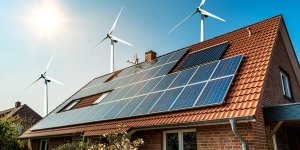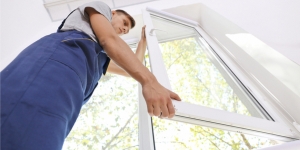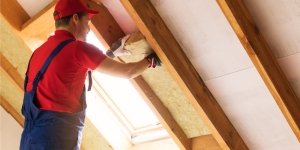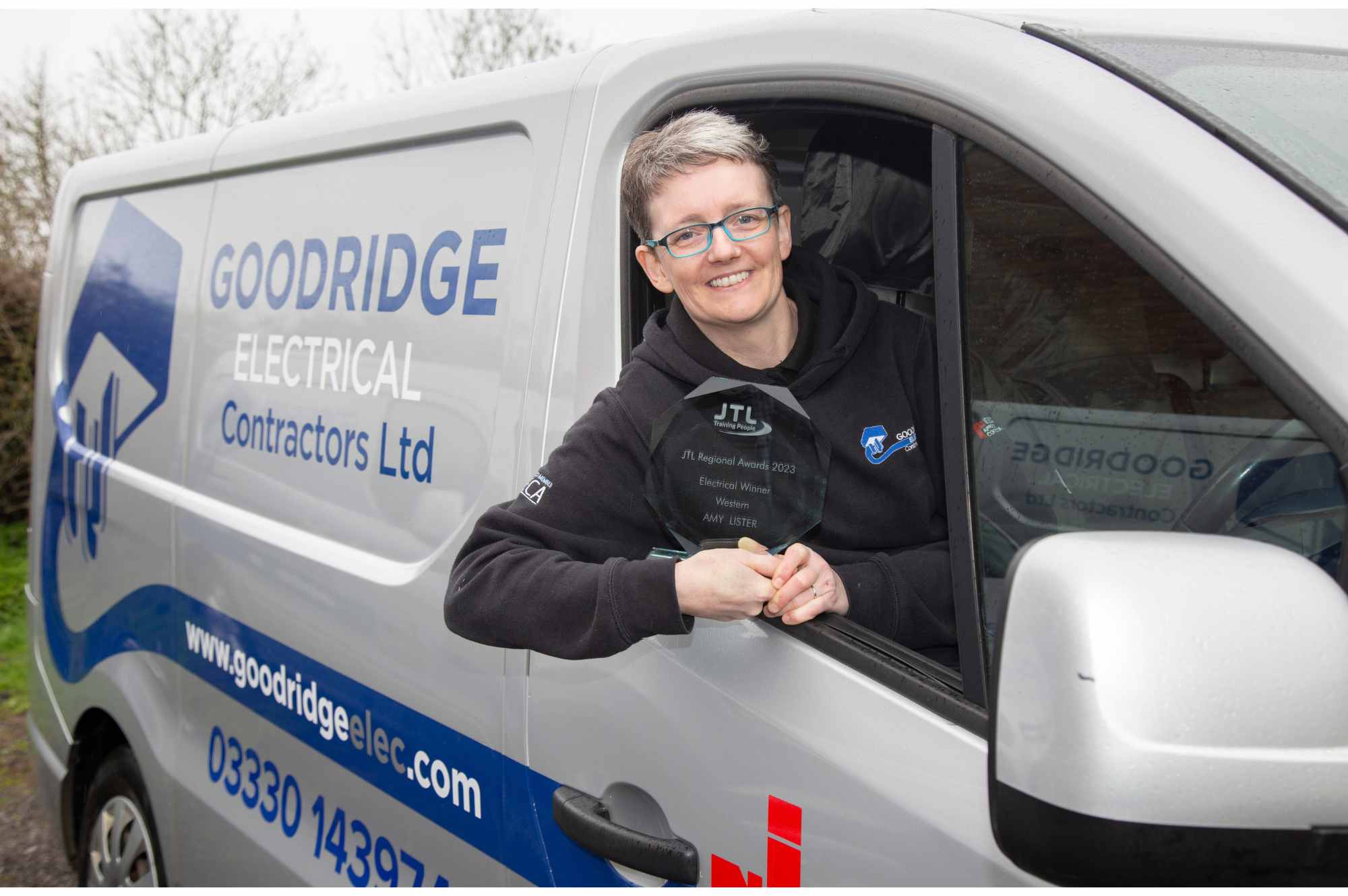Most people are keen to see their homes getting more eco-friendly – either because they care about the environment and want the world to be a greener and more sustainable place – or because they want to take advantage of the savings that being green around the home can provide. Who doesn’t like the idea of lower fuel bills particularly in the winter when the bills are highest.
Of course, there are far more than five ways to make your home more eco-friendly, but here are five really good ways to achieve that aim and save money in the process. Most energy saving activities will inevitably involve investment but the pay back on all these ideas is relatively short and the benefits will continue for a long time.
1. Checking your boiler

That white box in the kitchen, the utility room or in the bathroom or airing cupboard that provides hot water and heating in the home. An elderly boiler will only be working at a relatively low efficiency level – possibly as low as 60-70%. A modern replacement condensing boiler will operate at more than 90% efficiency and save you huge amounts on your gas or oil bills. It’s worth taking a closer look at a new boiler if yours is ten years old or more. And if yours has been breaking down regularly, it’s a sign that a call to your plumber for a replacement might be a good investment.
2: Good quality heating controls

Far too many homes in the UK still don’t have quality heating controls. So you’re wasting money heating the home when you don’t need it heated, when you could be turning the heating down when you’re out and you may be heating rooms you don’t use. Of course, for geeks you can get heating controls you can control from your phone now – so simply turn the heating on or up when you’re heading for home, so it’s nice and warm as you step through the front door. But simply having a thermostatic radiator valve on each radiator will allow you to control the heat in each room. A programmable room thermostat lets you choose what times you want the heating to be on and what temperature it should reach while it’s on. A seven-day timer makes it possible to set a different heating pattern for each day, while 5/2 programming offers different options for weekdays and weekends. Any of these options will help you save money on your heating.
3: Renewable heating and electricity systems

These can be a costly investment but the pay back period is relatively short and the cost savings go on for a long time. Some renewable heating systems benefit from something called the RHI – the renewable heating incentive. The Government actually pays you for the renewable heat you generate and pays you every quarter for doing so for the first seven years. It’s a useful benefit to consider when making that initial investment. Air source heat pumps and ground source heat pumps take latent heat from the air and from underground to heat your home. They are becoming more common in the UK and will continue to grow in popularity. They can be used in conjunction with solar panels on the roof, with the electricity generated providing much of the electricity you use in the home and the possibility that when you generate more than you need you can ‘sell’ the excess electricity back to the electricity companies and receive an income from that. Well worth taking a closer look if you’re willing to embrace modern technology.
4: Replacing your windows

There are still many homes in the UK that have old fashioned leaky metal framed windows or wooden framed windows that are not in great shape. Replacing windows with modern double-glazed units is a quick way to improve the insulation of your home, to stop heat leaking out of the home and stop cold infiltrating into the home from outside. It’s a competitive sector so make sure you get several quotes before you decide which company to go with. You don’t need to replace all your windows at once either – maybe replace those facing the prevailing wind first – usually the west – to stop the cold weather getting in on that side of the home and complete the replacements as and when you can afford them. Replacement windows used to be something of a luxury but nowadays prices have become more attractive and you may be surprised what it will cost to treat yourself to weatherproof windows that look good and help reduce your heating bills significantly.
5: installing or increasing other insulation products

Replacing your windows is to a degree about insulation of course. But as well as replacing windows you should consider installing or increasing other insulation products to keep the heat you’re paying for in the home and keep the cold weather out! Loft insulation is critical as heat escapes through the roof space if you don’t put in a deep layer of loft insulation above the ceiling in the top floor of your home. When it snows you can see who has decent loft insulation and who hasn’t simply by the rate of melting of the snow on the roof! Where snow stays deep and crisp and even, there is plenty of insulation. Where it melts quickly exposing the tiles or slates, the heat in the home is on the rise! Other insulation techniques include draught excluders around doors to stop heat escaping, and cavity wall insulation where the gap between the exterior and interior bricks can be filled with foam or other products and form a barrier to heat escaping and the cold getting in.
Any or all of these options will help you save on your heating costs. There are plenty of other things that will as well. Head for the internet and search for options that suit your home.



